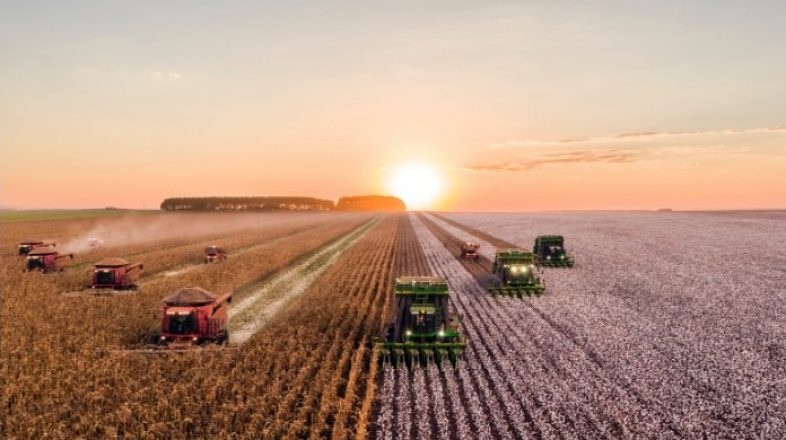Box Architects recently attended Healthy City Design 2018 in the salubrious surrounds of the Royal College of Physicians.
This wasn’t a conference about the built environment and architecture per se but was fundamentally about our impact on the planet, each other and ourselves.
The Mayor of London has a legal duty to produce a strategy for health improvement, and leading the charge is a focus on urbanisation. As global urbanisation increases exponentially, are we damned to follow the same model? No, apparently. Disruptive technologies impact on cities, and those that are involved in their design need to take responsibility as to how change can dramatically affect the lives of individuals and communities alike.
The conference touched on topics routinely discussed in the wider public sphere: social mobility, greening of spaces, neighbourhood walkability and plants in offices to name a few well-chewed topics. Yes, adding a small play park on a corner routinely used for drug peddling may well have had an impact on the immediate environment in Bogota. But the stark reality is that it has not addressed the problems and social ills we (designers) may face closer to home: food banks, poverty, knife crime, county lines, childhood obesity, virtue signalling, the list goes on…
There were also well intended but contradictory sound bites. “Design” one speaker proposed, “should always be driven by evidence”. “Innovation” rallied another, “cannot be evidenced”. Time to hang up my HP pencil? Perhaps not quite yet, there is much work to do.
The showstopper for me was Carolyn Steel. I could listen to her until the cows come home; cows no doubt fed on grains, grains they are unable to digest adequately thus requiring antibiotics which ultimately wind their way into our food chain. I’m obviously paraphrasing, but her presentation gripped the auditorium and her words leapt to life from the pages of her book, Hungry City – How Food Shapes Our Lives (which I am currently digesting more fully – pun intended).
It forces us all to look at the blindingly obvious: natural landscapes are modified to feed the city. Artificialised landscapes are butchering the planet to produce the food to feed the people, who are producing more people, who in turn demand more food. Not quite the circle of life Elton John intended. Error feeds error, but error will not feed us.
Simply put, we may well be heading into a future that resembles the classic science fiction thriller, Soylent Green, and an abundant ‘crop’ we’ve yet to exploit. The realities of synthesised foods, and cultured lab-grown meat is already happening. Nom nom nom.
It wasn’t all gloom and despair. Samuel Williams in his animated presentation on designing for urban childhoods took us back to our own childhoods. Delegates were asked to think of a place in which we played as children. Was it outside? Invariably, yes. Was an adult present? Invariably, no. This simple parlour game demonstrated the changing attitudes towards play – both from children and adults.
In the space of just over three decades, 70 per cent of children will live in cities and 80 per cent will be less active than they are today. The stark reality we face as a society is that the next generation of children may well invert the current increasing mortality rates and live shorter lives than their parents.
At Box Architects. we are aware of our part of the bigger picture, our place working within the built environment and the instrumental impact we have on the built environment. We are committed to developing places where people can flourish, both within our activities and the places we seek to create for our clients. We have developed a collaborative and synergetic culture where health and wellbeing are high on the agenda.
Healthy City Design 2018 was certainly an enlightening but sobering two-day conference. It resonated with the work we do here at Box Architects and will impact on how we approach what we do. Returning from the conference saw us put our children in their waterproofs, wake the dog, fill our flasks and head outside into the woods and the weather.
